
Mosquito Populations Likely to Increase
Close to a year ago (June 13, 2018), I wrote “Raining in Mosquitoes” after we had torrential rains in …


El inglés es el idioma de control de esta página. En la medida en que haya algún conflicto entre la traducción al inglés y la traducción, el inglés prevalece.
Al hacer clic en el enlace de traducción se activa un servicio de traducción gratuito para convertir la página al español. Al igual que con cualquier traducción por Internet, la conversión no es sensible al contexto y puede que no traduzca el texto en su significado original. NC State Extension no garantiza la exactitud del texto traducido. Por favor, tenga en cuenta que algunas aplicaciones y/o servicios pueden no funcionar como se espera cuando se traducen.
Inglês é o idioma de controle desta página. Na medida que haja algum conflito entre o texto original em Inglês e a tradução, o Inglês prevalece.
Ao clicar no link de tradução, um serviço gratuito de tradução será ativado para converter a página para o Português. Como em qualquer tradução pela internet, a conversão não é sensivel ao contexto e pode não ocorrer a tradução para o significado orginal. O serviço de Extensão da Carolina do Norte (NC State Extension) não garante a exatidão do texto traduzido. Por favor, observe que algumas funções ou serviços podem não funcionar como esperado após a tradução.
English is the controlling language of this page. To the extent there is any conflict between the English text and the translation, English controls.
Clicking on the translation link activates a free translation service to convert the page to Spanish. As with any Internet translation, the conversion is not context-sensitive and may not translate the text to its original meaning. NC State Extension does not guarantee the accuracy of the translated text. Please note that some applications and/or services may not function as expected when translated.
Collapse ▲
Close to a year ago (June 13, 2018), I wrote “Raining in Mosquitoes” after we had torrential rains in …
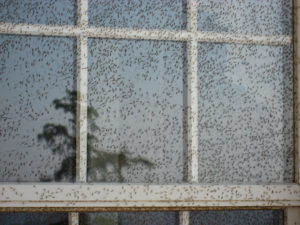
Chironomid midges (“fuzzy bills”) are emerging in large numbers from ponds, lakes as well as the rivers feeding into …
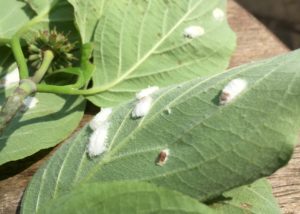
Cottony Maple Leaf Scale is one of several cottony scales in the genus Pulvinaria. Cottony camellia scale and cottony maple scale are …
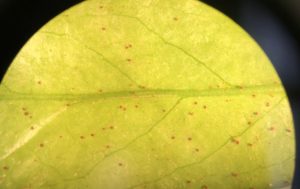
In North Carolina, the most important cool season mites are the spruce spider mite (Oligonychus ununguis) and southern red …
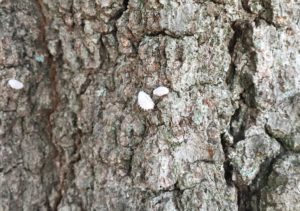
Yesterday on campus willow oak trees I found lots of insects that looked like mealybugs. But they were faster …

This time of year many people notice small dirt mounds in their yards or in parks or ball fields …
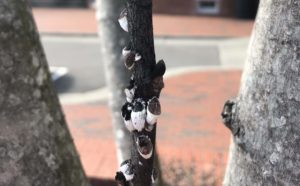
Cottony cushion scale is an exotic pest that has been in the US for over a century. Initially a …
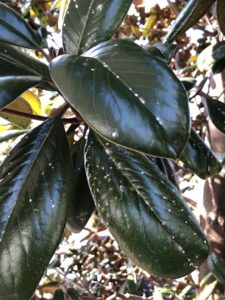
False oleander scale, Pseudaulacaspis cockerelli, is a tropical and subtropical pest originally from China. It is common throughout many …
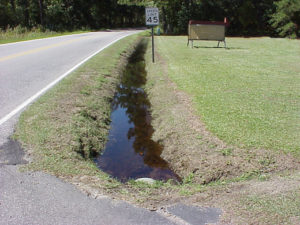
We are obviously not out of Hurricane or mosquito seasons quite yet (that’s a few weeks away). Hurricane Michael …

To follow up on David Tarpy’s post (Protective Measures of Beehives During Hurricanes), in the days and weeks following …
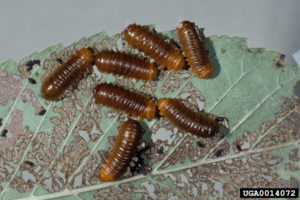
Elms have lots of pests. This week I have had several reports of larger elm leaf beetles, Monocesta coryli, …
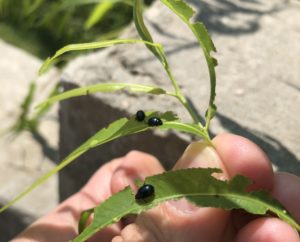
You can find a lot of damage on willows this time of year because imported willow leaf beetles have …
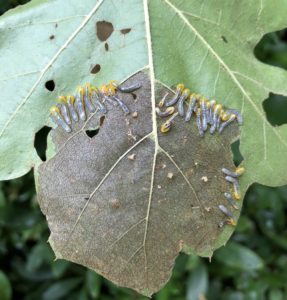
Oaks have hundreds of herbivores so it is no wonder that towards the end of summer some of the …

If you like to garden you probably like butterflies. You probably also grow some herbs like fennel, dill, or …
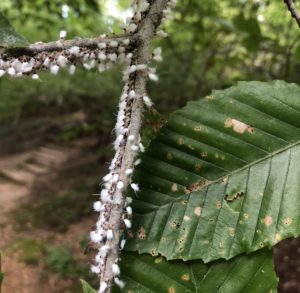
You might notice twigs on beech trees covered in a woolly sleeve. Get closer and it will begin to …
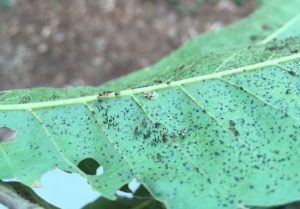
Oak lace bugs (Corythucha arcuata), like other lace bugs, cause stippling on leaves. Oak lace bugs, of course, feed …

Fall webworms, one of our native insect pests, are a perennial nuisance and in some cases a destructive pest. …

Orange striped oakworms started hatching in Raleigh this week. They have one generation per year. Adults emerge in mid …
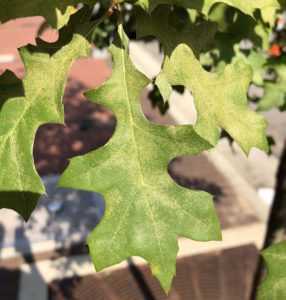
Most tree species are fed upon by spider mites and many even have their own species. These include maple …
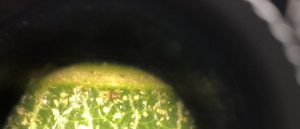
This week I have noticed damage on many pin oaks (Quercus falcata) by oak spider mites (Oligonychus bicolor). Oak …
This factsheet provides information on how to keep a lawn healthy and attractive and how …

This factsheet describes the symptoms of a shoot inhibitor herbicide injury.

This factsheet describes the symptoms of a metribuzin herbicide injury.

This factsheet describes the symptoms of a dichlobenil herbicide injury.
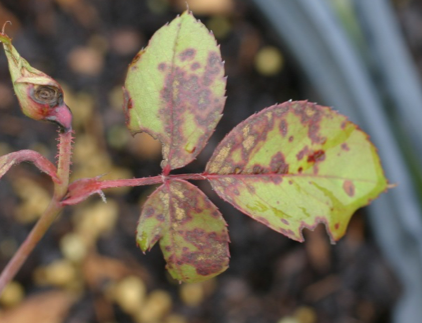
This factsheet describes the symptoms of a protoporphyrinogen oxidase inhibitor herbicide injury.
The per-capita consumption of processed tomatoes has increased steadily in recent years. This has been …
The tomato is a warm season crop. With special production practices you can produce your …
The onion is a cool season crop that will withstand moderate freezes. It may be …